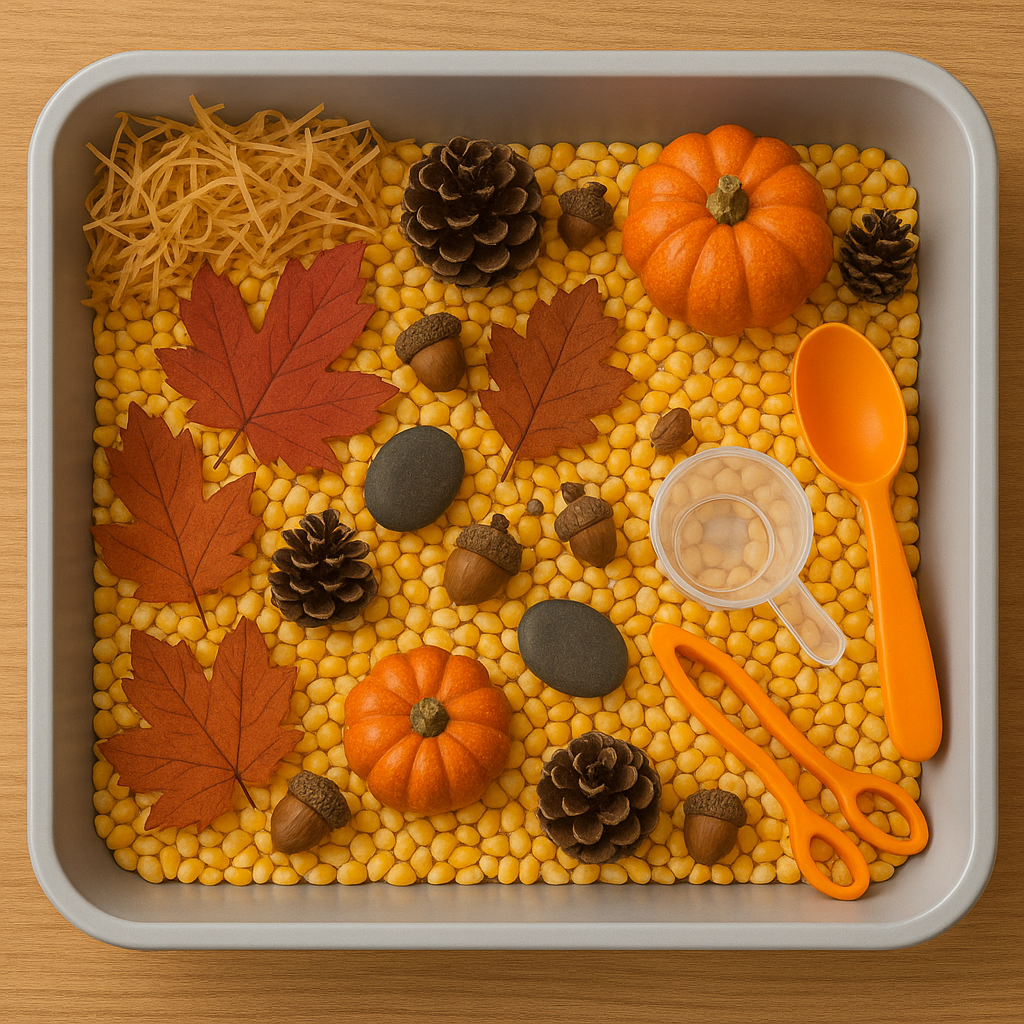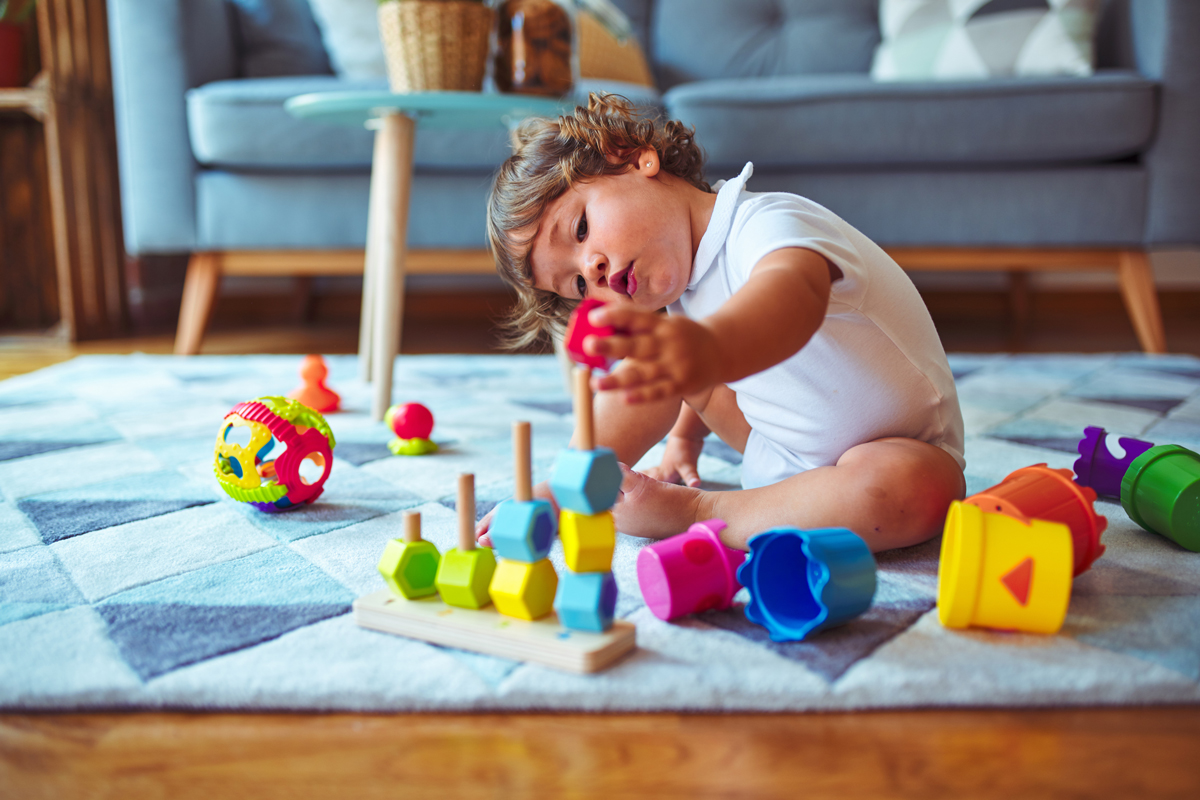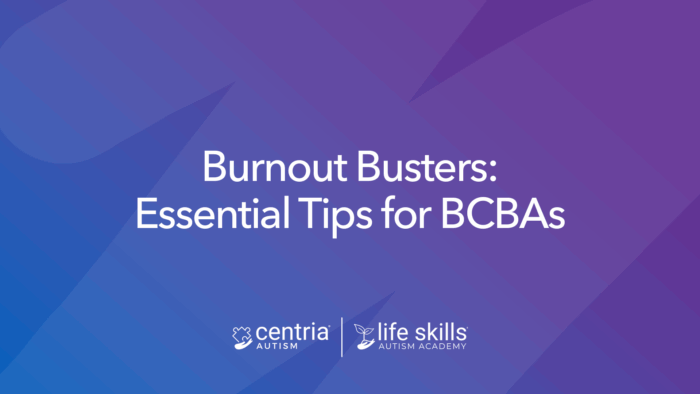Autumn is a season full of rich colors, cozy textures, and gentle natural scents. It’s the perfect time to bring a little seasonal magic into your home—especially through sensory play. For children with autism, a thoughtfully designed sensory bin can provide a safe and engaging way to explore, learn, and self-regulate.
Why Sensory Bins Are Beneficial for Children with Autism
Sensory bins are more than just fun. They support:
- Sensory regulation – offering a predictable, calming outlet
- Fine motor skills – through scooping, pouring, sorting, and grasping
- Language and social skills – as you describe items, label textures, and take turns exploring
- Confidence and independence – allowing the child to lead their own play experience
By tailoring the sensory bin to your child’s preferences and sensitivities, you can encourage joyful exploration while respecting sensory boundaries.
Materials for an Autumn Sensory Bin

When selecting items, choose a mix of textures, colors, and shapes—while avoiding anything your child might find overwhelming. Here’s a starting list:
Base Fillers
- Dry corn kernels
- Autumn-colored rice (red, orange, yellow)
- Shredded brown and gold paper
- Dry oatmeal
Seasonal Items
- Pinecones (real or craft)
- Small pumpkins or gourds (real, foam, or felt)
- Dried leaves or fabric leaves
- Acorns (real or faux, ensuring they are clean and safe)
- Smooth river stones
Tools and Accessories
- Measuring cups and spoons
- Tongs or tweezers for fine motor work
- Small containers for sorting and transferring
- Mini rakes or scoops
How to Assemble Your Autumn Sensory Bin
- Choose Your Container: Select a shallow, wide bin that allows for easy access and movement. A clear bin helps children preview contents before touching.
- Add the Base Layer: Fill one-third of the bin with your chosen base material. Keep textures consistent for predictability.
- Incorporate Seasonal Items: Scatter pinecones, leaves, pumpkins, and acorns throughout. Place a few items partially buried to encourage discovery.
- Add Tools for Exploration: Include scoops, tongs, and small containers to promote skill building and variety.
- Offer a Gentle Introduction: Show your child each item before play begins, and demonstrate how to use the tools.
Sensory-Friendly Tips
- Follow your child’s lead – Some may want to dig right in, others may prefer to observe first.
- Adjust textures – If corn kernels are too hard or noisy, try a softer filler like felt leaves or fabric scraps.
- Be mindful of scents – While cinnamon sticks or dried lavender can add seasonal aromas, remove them if your child is scent-sensitive.
- Set boundaries – Keep playtime predictable by having a set space and time for sensory bin use.
Extending the Fun
Below are some fun and engaging ways to extend the fun of your sensory bin:
- Sorting Challenge – Group items by size, color, or texture.
- Counting Game – Count acorns, leaves, or pumpkins together.
- Art Connection – Use some leaves or pinecones from the bin to create a craft project.
- Story Time Tie-In – Pair the activity with a fall-themed children’s book.
Bringing Autumn Indoors
An autumn-themed sensory bin is a simple, customizable way to celebrate the season while supporting your child’s unique needs. With thoughtful preparation, it can become a cherished seasonal activity that sparks curiosity, builds skills, and fosters joyful moments together.





